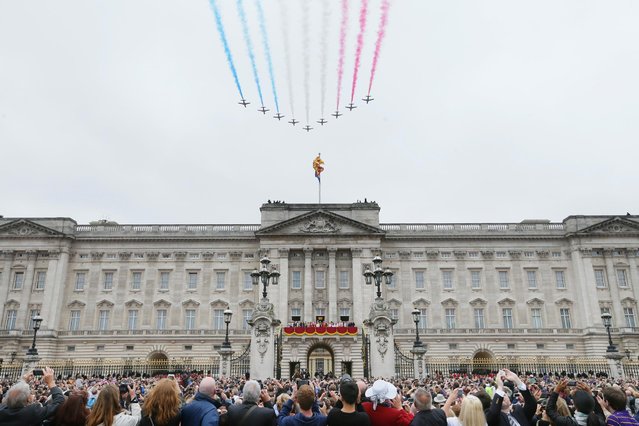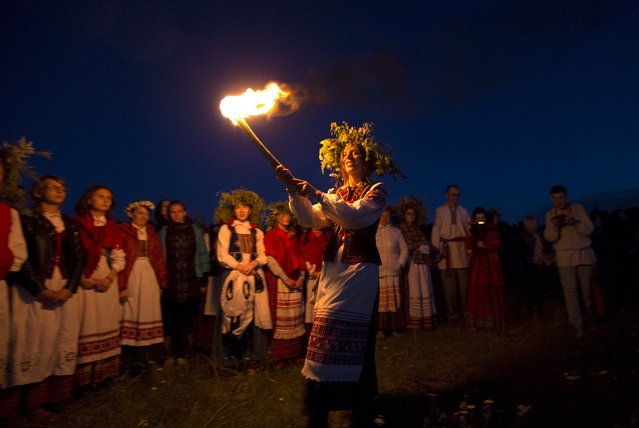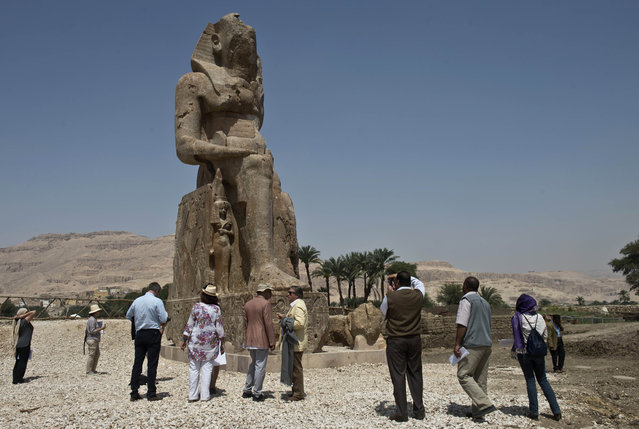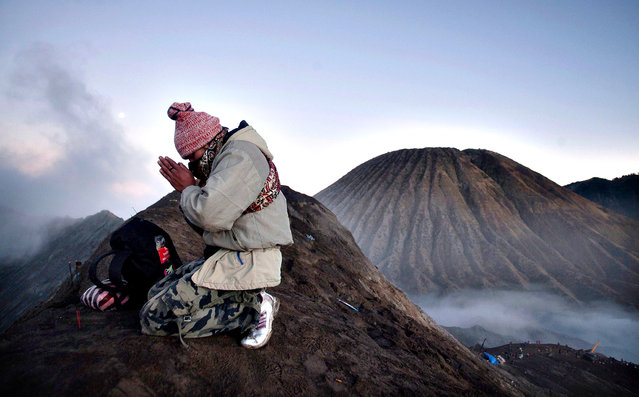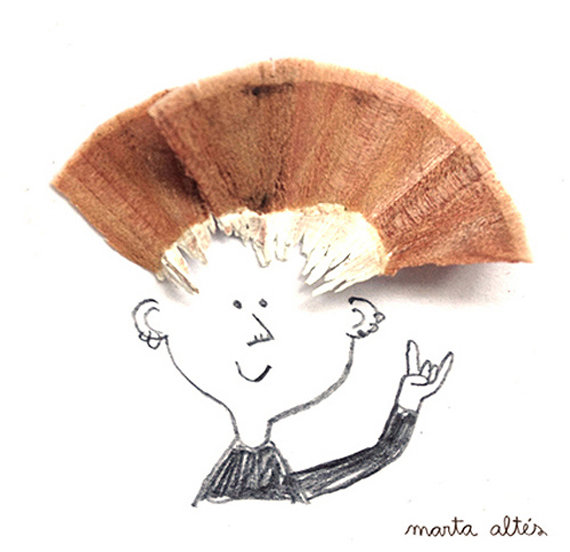
When Marta Altes sharpens her pencil, she doesn’t see waste in the shavings – she sees possibilities. The graphic designer was originally trained in Barcelona before moving to England to pursue her MA in Children’s Book Illustration from the Cambridge School of Art. Her playful, simple pieces burst with child-like creativity, turning pencil shavings into a lion’s mane or a cape for a bullfighter. Stay tuned to the artist’s website for more additions to the series!
18 Nov 2012 11:01:00,post received
0 comments



